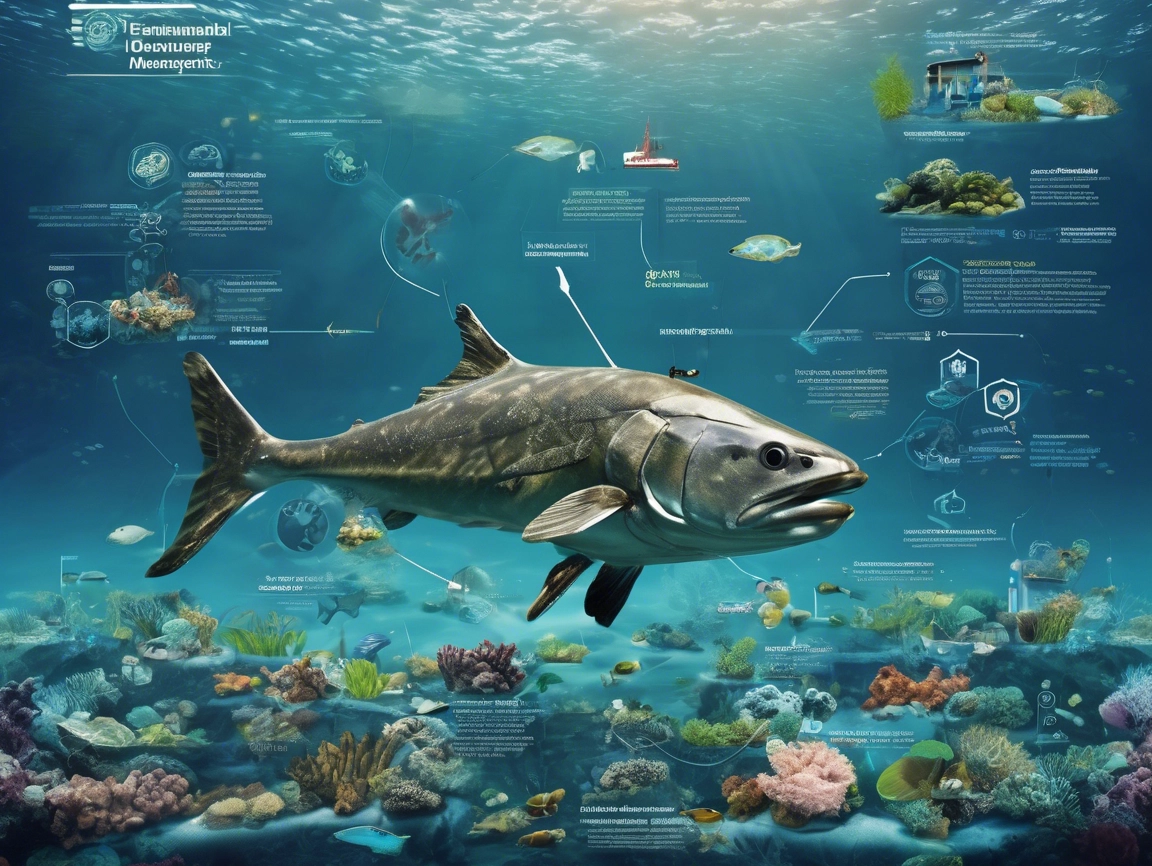
AI in Fisheries: Government Strategies for Sustainable Practices
- admin
- June 14, 2025
- Government, India
- Ai, Artificial Intelligence
- 0 Comments
Key Highlights:
- Governments are adopting Artificial Intelligence (AI) to improve sustainability and efficiency in fisheries.
- AI applications are revolutionizing areas like real-time monitoring, species identification, and enforcement of regulations against illegal fishing.
- Countries are introducing policies and funding initiatives to support AI-based innovations in the fisheries sector.
The Role of AI in Fisheries
Artificial Intelligence is becoming a vital tool for addressing challenges in fisheries management. By leveraging advanced technologies like machine learning and predictive analytics, fisheries can better monitor marine ecosystems, track fish stocks, and optimize resource utilization. These innovations are paving the way for more sustainable practices, ensuring a balance between environmental conservation and economic growth.
Government Initiatives Supporting AI in Fisheries
European Union
The EU has highlighted AI’s potential in fisheries management through regulatory frameworks like the Artificial Intelligence Act. This legislation promotes responsible AI usage, including its role in monitoring marine biodiversity and regulating fishing activities. AI systems are being deployed to identify fish species, ensure legal compliance, and enhance decision-making processes.
United Kingdom
The Fisheries Act 2020 emphasizes sustainability and evidence-based policy implementation. The UK government supports the use of Remote Electronic Monitoring (REM) systems powered by AI, which collect real-time data on fishing practices, helping meet sustainability goals and improving accountability.
Australia
The Fisheries Research and Development Corporation (FRDC) in Australia funds research projects integrating AI to promote sustainable practices. These initiatives support commercial, recreational, and Indigenous fisheries, ensuring technology adoption benefits all stakeholders in the sector.
AI Applications Driving Transformation
- Real-Time Monitoring: AI systems enable real-time tracking of fishing activities, providing valuable data for regulatory compliance and resource management.
- Species Recognition: AI tools assist in identifying fish species and sizes during onboard operations, aiding in data collection and reducing human error.
- Combatting Illegal Fishing: Advanced algorithms analyze satellite data and maritime traffic to detect and prevent illegal, unreported, and unregulated (IUU) fishing activities.
- Improving Traceability: AI-driven technologies enhance supply chain transparency, ensuring sustainably sourced seafood reaches consumers efficiently.
Addressing Challenges
Despite the promise of AI in fisheries, challenges like high costs, limited expertise, and data privacy concerns remain. Governments and stakeholders are addressing these issues through:
- Financial Incentives: Providing grants and subsidies to offset the cost of AI adoption for small-scale fisheries.
- Workforce Training: Offering specialized programs to equip fisheries personnel with skills in AI technologies.
- Regulatory Clarity: Establishing clear legal frameworks to support AI integration while protecting marine ecosystems.
The Path Forward
AI’s role in fisheries is set to grow as governments and industries recognize its potential to drive sustainability. By fostering innovation and collaboration, countries can ensure the long-term health of marine ecosystems while supporting economic development in the fisheries sector.


